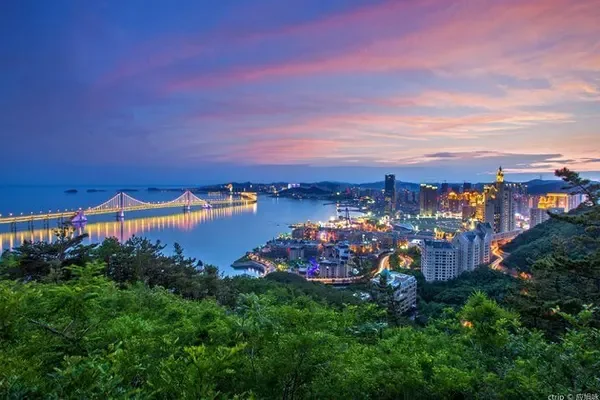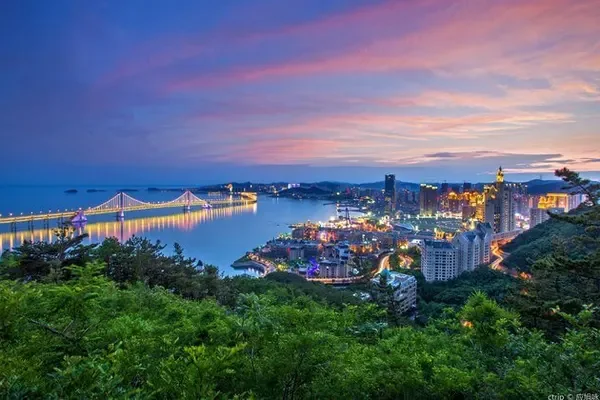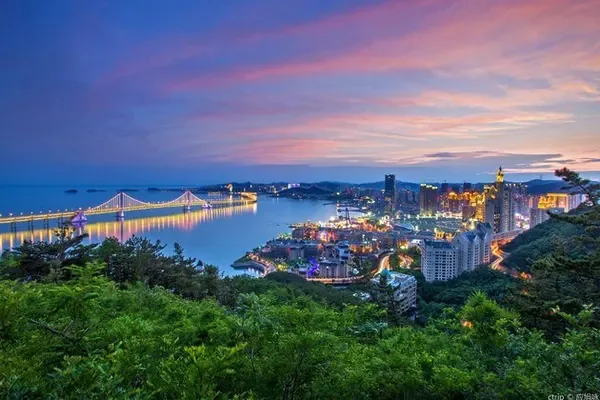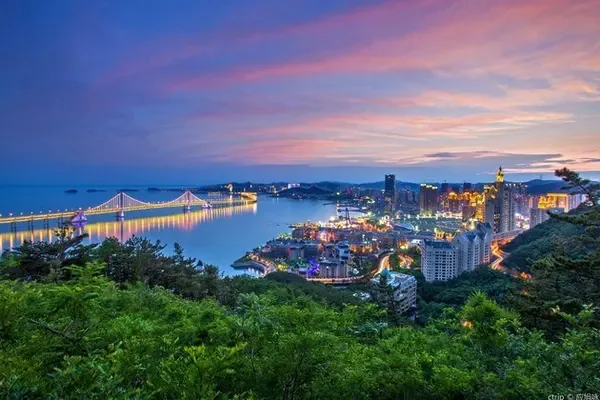Ningxia Hui Autonomous Region is referred to as "Ning" for short. Ningxia is located in the northwest inland area of the motherland, on the middle and upper reaches of the Yellow River.
The Helan Mountains are located at the junction of the Ningxia Hui Autonomous Region and the Inner Mongolia Autonomous Region, starting from Bayan Aobao in the north and ending in Maotukeng Aobao and Qingtongxia in the south. The mountains are majestic, like galloping horses. The horse is called "Helan" in Mongolian, so it is named Helan Mountain.

The name of Helan Mountain comes from the ancient Xianbei Helan people who once lived here. The Xianbei Helan clan originated from the ancient tribe Helan tribe (it is said that the Helan tribe was originally one of the ancient Hun tribes, and later united with Xianbei). The Helan family integrated into the Han nationality after Emperor Xiaowen of the Northern Wei Dynasty implemented Sinicization reforms.

Ningxia has beautiful scenery and is famous as a land of fish and rice. Wei Chan, a poet in the mid-Tang Dynasty, wrote in a poem: "Orchards are formed at the foot of Helan Mountain, and the south of the Yangtze River in the north is famous." The poem says that Ningxia has long been known as the south of the south in the north. According to historical records, it can be traced back to the Northern and Southern Dynasties. "It is said that: the Northern Zhou Dynasty defeated Chen, and more than 30,000 Jiangdong soldiers who were captured were moved to Lingzhou for resettlement. Saibei Jiangnan", but there is another saying that the prime minister of the Song Dynasty said in "Wu Jing Zongyao" that "Huaiyuan County" (now Yinchuan City): "There are paddy fields and orchards﹍﹍ weirs are set up to divide the river (Yellow River) to irrigate the fields, and the name is Saibei Jiangnan is just like this.” That is to say, the water conservancy here is developed and the products are rich, which is similar to that of Jiangnan water town, so it is called Saibei Jiangnan. "North" and "Shang" in the ancient Chinese are connected, so Ningxia is also called "Shangjiang Jiangnan". In addition, the title of Ningxia is: New Qinzhong, "The Yellow River is full of harm, but the only rich one". Ningxia is the back set, "the world is rich in Ningxia by the Yellow River".


Helan Mountain There are several east-west valleys in the mountains. The famous ones are Helankou, Suyukou, Sanguankou, and Baisikou. They have been the main east-west traffic routes since ancient times. The Xixia scenic spots and historical sites in the front of the mountain are rich and colorful, including the Xixia Mausoleum, Rolling Bells, Baisikou Twin Towers and other scenic spots and the unique Shahu Scenic Area. The southeast end of Helan Mountain is Qingtong Gorge, which is bronze-colored against the blue sky and the Yellow River. According to legend, when Dayu controlled the water, he split Helan Mountain to divert the water of the Yellow River to the north. Now there is Qingtongxia Water Conservancy Project. On the west side of Helan Mountain is Bayanhot, an important town in Inner Mongolia, which means "rich city" in Mongolian.


Among the various mountains in China, none is in a state of being in charge of war almost all the time like Helan Mountain.
After the Central Plains area entered the historical period, the Helan Mountain area is still a paradise for nomads. Those nomadic groups who live by water and grass live their lives in the lush Helan Mountain area. In 272 BC, after the Qin army completely defeated Yiqurong, which dominated the land of Ningxia and even large areas in the northwest, some defeated tribes fled north one after another, and the Helan Mountain area was included in the territory of the Qin Empire. The Hetao area was occupied during the war between the two countries, and Helan Mountain entered a period of brief occupation by the Huns until Qin Shihuang sent Meng Tian to drive the Huns to the north and regained Henan (now the Hetao area) and the Helan Mountain area. At the end of the Qin Dynasty, due to the civil strife in the Central Plains, the Helan Mountain area was once again occupied by the Huns.


Helan Mountain is a rocky mountain, with barren land, many exposed rocks, simple vegetation types, low vegetation coverage, and limited food for wild animals, which cannot meet the rapid growth of wild animal populations. The shrubs, leaves and herbs that red deer and blue sheep like to eat mainly include golden dew, spirea, tiger hazelnut, honeysuckle, etc. in Helan Mountain. Due to the long-term gnawing by wild animals, the plants are degraded and the grasslands are deserted.



Helan Mountain is very rich in products. There are more than 500 kinds of wild plants alone, and more than 100 kinds of high economic value, such as Qinghai spruce, Chinese pine, poplar, aspen, elm, clove, mountain red, yellow cypress, mountain grape, Wild rose, yellow thorn plum and so on. Helan Mountain is also a natural zoo. According to incomplete statistics, there are 179 species of wild vertebrates, of which 16 species are under key protection in China. There are dozens of species of birds such as grass carvings, vultures, sparrow hawks, larks, and turtledoves; animals include snow leopards, lynxes, red foxes, red deer, argali, roe deer, and even yaks from the Qinghai-Tibet Plateau. There are rich underground mineral deposits in the depths of Helan Mountain. Coal reserves are large, and there are many large and medium-sized coal mines in Inner Mongolia and Ningxia. There are many reserves of rare metals such as chromium and magnesium in China, and the reserves of iron, phosphorus and Helan stone, one of the "five treasures" in Ningxia, which enjoy a high reputation, are also considerable. Among the 17 minerals listed in Ningxia's mineral balance sheet, 10 are produced in Helan Mountain.


The forest and grass resources of Helan Mountain provide food sources for many animals, creating a pastoral mountain and also the "Hometown of Camels in China" and "Hometown of Tan Sheep in China" on both sides of the mountain.

Helan Mountain is majestic and beautiful, with gurgling mountain streams and bursts of forest waves; every spring, a hundred flowers are fragrant and vie for excellence; in the golden autumn, agate-like cherries, apricots, and wild grapes hang all over the branches, blooming red and green, Fascinating. Helan Mountain is a steep mountain with jagged rocks and the main peak is 3556 meters above sea level. Standing on the main peak and looking east, you can have a panoramic view of the Ningxia Plain; overlooking the grassland, it is an ideal summer resort and tourist attraction.


The tourist attractions in Helan Mountain include Helan Mountain Rock Paintings, Helan Mountain National Forest Park, Western Xia Royal Tombs, Ming Great Wall Site, Tibetan Buddhist Temple South Temple, etc.



To visit Shahu Lake, Shuidonggou, and Huangsha Ancient Ferry, you can choose the local professional tourist transportation Ningxia Tourist Scenic Spot Through Train. The staff wear yellow vests, and each of them is hospitable. There are two Xincheng Railway Stations at the bus point The tourist distribution center, the Crescent Square in the old city, is convenient for accommodation nearby, there are many hotels, and the transportation is convenient. It is not far from the civil aviation bus, and it is very convenient whether it is by train or plane. Scenic through trains have opened the line from the urban area to Shahu, Huangsha Ancient Ferry, Shuidonggou, Zhenbeibao Western Film and Television City, Xixia Royal Tomb, Helan Mountain Rock Painting, Shapotou and other scenic spots around Yinchuan, which is very convenient.



